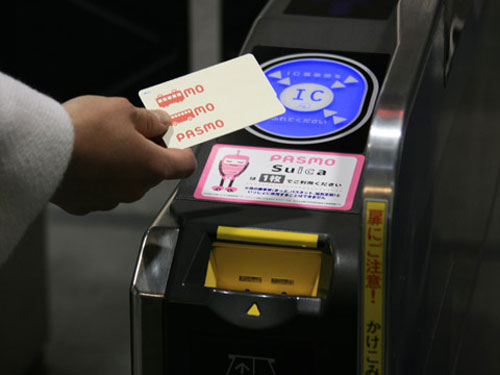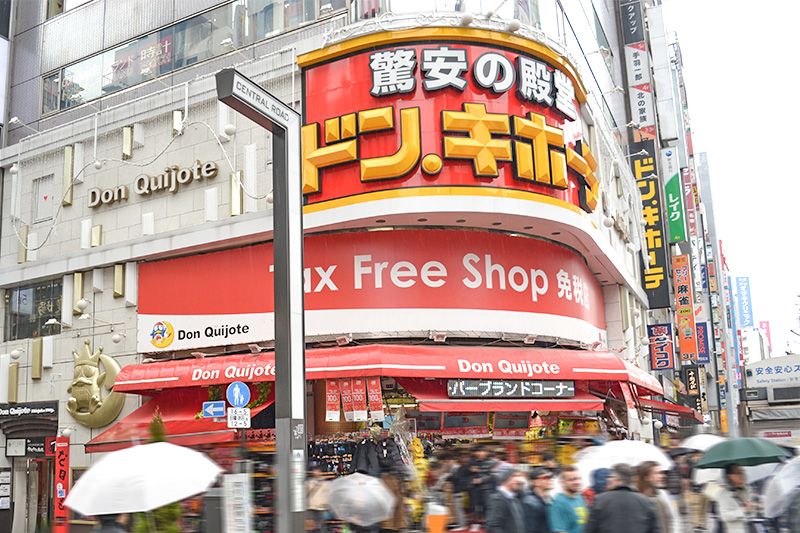Are you planning a trip to Japan and want to know how you will be able to spend your money? Here are our tips to avoid unpleasant surprises and the best banks to avoid fees when making your purchases.
Going to Japan requires good preparation, particularly when it comes to managing your money there. Whether for its accommodation, for catering or for transport, Japan has its particularities when it comes to finances. It is therefore essential to know them and anticipate how to use your money for your trip. This includes the need to exchange money or choose a suitable bank to avoid fees.
How to exchange cash from Euro to Yen?
There are several ways to exchange Euros for Yen. The one that comes to mind the most remains that of exchange offices in France, but it is not necessarily the most appropriate. Exchange commissions are quite high and vary depending on the establishment, especially in large cities.
Here are our best tips for changing euros into yen.
- Consider online exchange offices : this is a very interesting solution to avoid exchange fees as much as possible. Brands like Or&Change, or Exchange de la Bourse, offer to deliver your yen directly to your home. There are generally no fixed costs and this allows you to already have cash on site. However, you must plan in advance and be aware of the delivery costs.
- Avoid changing money at the airport: When you arrive there, you may be tempted to go through the airport exchange offices which are equipped with exchange machines which of course accept euros. However, it is not recommended to switch there, because the exchange fees and fixed transaction costs are the highest there.
- Withdraw cash from an ATM (distributor) : if your card works internationally, you can withdraw yen using the current exchange rate. Depending on your account benefits, withdrawal fees may be free (see below).
Please note, however, that you will not be able to carry more than one million yen on you (around 6,300 euros) without making a declaration to Japanese customs.
Advice : Japanese banks charge fairly significant exchange and service fees, regardless of your French banking establishment. Choose ATM machines that can be found in train stations, in shopping centers or in konbini (see below).
Is it better to pay by card or cash in Japan?
Cash payment is much more widely used than card payment in Japan, although the COVID-19 pandemic has contributed to the rise in the use of digital and contactless payments. Most cards are accepted to pay for purchases in department stores and restaurants. However, keep in mind that in many tourist locations, some non-chain stores or other locations in rural areas will only accept cash.
For transport (trains, metro, bus or taxi), it is recommended to have an IC card. In other words, a prepaid transport card that can be obtained at all stations, at the counter or at automatic terminals. These cards can also be used as a means of payment in certain stores or konbini.

Beware of tax-free prices in Japan
Like many countries outside of Europe such as the United States, Japanese merchants have the unfortunate tendency to display tax-free prices more visibly than final prices. The consumption tax has been set at 10% since 2019, which can quickly become a problem once you check out. So remember to check the final price on a product in store or on a menu. If it is not displayed in small size or below the price excluding tax, it may be accompanied by an acronym + or the Kanji 税.
Consider withdrawing money from konbini
When you arrive in Japan, you simply can’t miss them. THE konbini (Or convenience store Japanese) are small convenience stores open 24/7. There are more than 60,000 spread across the country. The best-known brands like 7 Eleven, Familly Mart or Lawson are in the majority and it is impossible to miss them while walking the streets, in large cities as well as in smaller ones. Most Konbini have at least one ATM (vending machine), also often called E-net ATM. This makes them ideal places to withdraw money very easily, especially since they generally offer French in the available languages.
These distributors accept European, and therefore French, cards (VISA, Mastercard, Maestro, Cirrus, UnionPay, JCB, etc.). The withdrawal limit ranges from 50,000 to 100,000 yen (315 and 630 euros) depending on the brand and the transaction fees as well as the withdrawal possibilities per day vary depending on the cards.

Please note, however, that if your card and bank account do not have an international option or no withdrawal fees abroad, the bill can quickly mount up.
- ATM fees: between 1 and 3 euros.
- Fees from traditional French banks: 2.60% of the amount withdrawn on average.
Can I pay with my French card in yen in Japan?
You can of course use your French bank card in Japan for your purchases in stores, restaurants and hotels. At least in stores with a payment terminal, even if merchants will always prefer payment in cash. Visa and MasterCard credit cards are generally accepted at most establishments in Japan. American Express and other less common credit cards may not be accepted everywhere, so be sure to check which logos the property accepts.
In recent years, Japan has also been keeping up with new payment methods. You can therefore use your mobile device via a payment terminal equipped with NFC. Apple Pay and Google Wallet are the most used in Japan for mobile payment.
Which banks are the best choice for traveling to Japan?
You don’t want to change banks or open an account in a banking establishment specifically for your trip? Most traditional banks offer “international” options to avoid banking fees. However, remember to check that Japan is among the destinations taken into account. This is particularly the case at SG or LCL.
Otherwise, you can open an account in an online bank offering internationally compatible card offers and no withdrawal or purchase fees.
Revolut
Like N26, Revolut is the other major player with a strong influence on the online banking market and more particularly neobanks. Originally a British bank, Revolut adapted to the conditions of Brexit by exporting to Lithuania, but recently ensured that it could offer its French customers a FR IBAN. In terms of offers, Revolut offers four types of cards, one of which is completely free.
The prices are generally very advantageous with paying cards ranging from 2.99 to 13.99 euros monthly.

In all cases, no account maintenance fees are required and card payments are free and unlimited abroad, particularly in Japan. Be careful though, currency withdrawals are still capped depending on the card selected, we advise you to turn to the Metal card to have the highest possible ceiling. The cards issued are VISA or Mastercard with a level of travel insurance proportional to that of the selected account.
To find out even more, be sure to read our full Revolut review.
Fortuneo
All of Fortuneo Banque’s offers offer zero fees on payments and withdrawals by bank card anywhere in the world, with no limit on amount. Which naturally makes it one of the best online banks to recommend for a trip to Japan.
Mastercard certified cards have all the organization’s travel guarantees such as medical and repatriation assistance and travel accident insurance.

For travelers, the advantages of having a Fortuneo account are numerous. First of all, there is the free card, whichever one you choose. However, keep in mind the need for a minimum initial deposit and proof of monthly income.
If you want to know more, be sure to read our full Fortuneo review.
BoursoBank
With its name change, Boursobank (formerly Boursorama Banque) wishes to anchor its lead in the online banking sector in France.

In the two high-end plans, only the Metal card gives access to more benefits such as unlimited free payments and withdrawals abroad and included premium insurance, which is a definite advantage for traveling to Japan. On the other hand, access is more restrictive since you must be able to prove a certain level of income and be able to make an initial deposit of 500 euros. Overall, Boursorama’s prices are among the cheapest, there are very few hidden costs and the services are truly free.
To find out even more, do not hesitate to read our full review on Boursobank.
